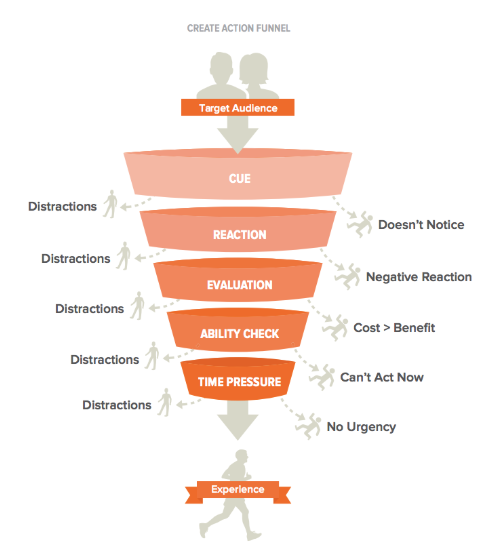Advisor Case Study: The Behavioral Science Behind Triggers
Contents
Recent Posts
From Projects to Products: How Best Egg Evolved Their Operating Model
Assessing the ROI of Your Product Strategy
How to Find Product-Market Fit in B2B2C: The Complete Strategic Guide
How I Drove 4X Product Usage as a Fractional CPO
From Overwhelmed to Empowered: AI for Product People
Related Posts
Behavioral Science Crash Course: Steve Wendel's CREATE Action Funnel
4 Signs You Need to Make Your First Product Hire
Roadmap Case Study: Chuckwagon
-1.png)
Written by Rajesh Nerlikar
Rajesh is a co-founder of Prodify and currently serving as a Board Member. He is also the VP of Consumer Product at Optiwatt. Prior to that, he has more than 20 years of experience, serving as the VP of Product at Regrow. a fractional VP of Product at Savonix, the Director of Workplace Products at Morningstar, a Senior PM at HelloWallet (which was acquired by Morningstar) and a PM at Opower (which went public in 2014).
Recent Posts
Behavioral Science Crash Course: Steve Wendel's CREATE Action Funnel
4 Signs You Need to Make Your First Product Hire
Roadmap Case Study: Chuckwagon
